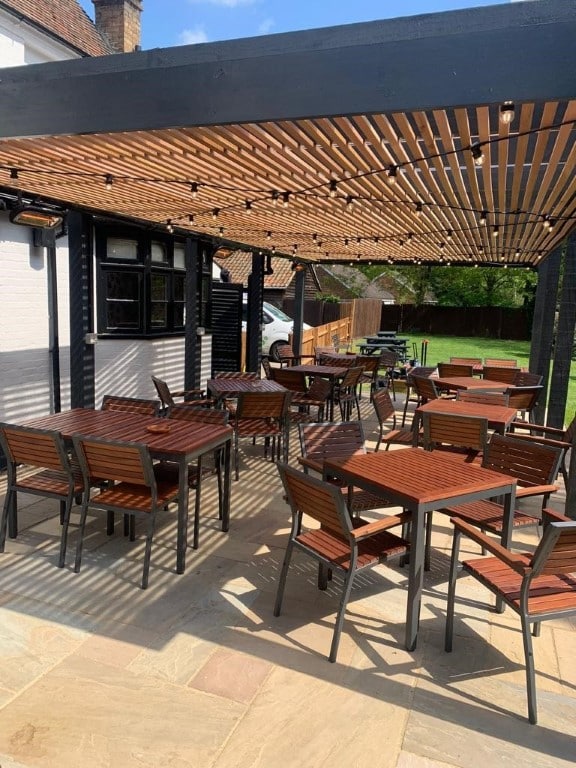Home > Updates and Insights > The Ever-Evolving British Pub
From Drinking House to Community Hub
There’s something enduring about the British pub. Even as the world changes, the pub remains one of the few places that continues to bring people together across generations, classes, and backgrounds. But while the sentiment has stayed the same, the pub itself has changed—radically.
In the 25 years CIC has worked with the hospitality sector, we’ve seen firsthand how the design and function of these spaces have had to evolve, and a significant part of the shift has come down to design—how spaces are shaped to reflect changing expectations.
Gone are the rigid partitions of old, the public bar and lounge separated by etched glass and social convention. In their place, open-plan layouts offer flexibility while still preserving pockets of intimacy.
Pubs today are no longer just places to have a drink—they’re spaces where people work, celebrate, relax, and reconnect. From mid-week catch-ups and Sunday lunches to baby showers and book clubs, pubs have become the beating heart of the community—and they’ve had to adapt accordingly.
It’s not enough for a pub to simply look nice; it needs to work. The layout has to flow, the lighting has to evolve with the mood of the day, and the aesthetics and furnishings need to strike a balance between stylish and comfortable. CIC has worked on everything from small-scale refreshes to full-scale heritage refurbishments, and each project tells a different story about how people use these spaces now.
Take The White Hart—a beautiful, listed building that needed to retain its character while becoming more accessible and functional for today’s customer. Working within the restrictions that come with listed status meant every change had to be carefully considered and sympathetic to the original structure. But that’s part of what made the project so rewarding. It wasn’t about modernising for the sake of it—it was about enhancing what was already there, restoring key features while introducing new elements that made the space more inviting and usable. Brass finishes, classic tiling, and reclaimed timber all worked together to bridge the past and present.
Also, The Dragoon Pub, where the ambition was clear: make the pub work better for the people using it. One of the biggest changes we made there was something customers don’t always notice immediately, but it completely changed how the space functions. The toilets were relocated to improve flow through the building. It sounds simple but rethinking the layout like that had a big impact on the overall atmosphere and usability. It opened up the space, made transitions between areas smoother, and ultimately allowed the pub to host more customers comfortably.
Designing pubs now means considering who your customers are and what they’re looking for. You can’t just cater to one group anymore, but the goal is always the same: make the space feel warm, authentic, and welcoming without feeling dated.
And it’s not just about what’s inside. Increasingly, outdoor spaces have become a huge part of the draw all year round. We’ve worked on many projects where the garden or courtyard received just as much attention as the bar area, such as The Punch Hotel in Hull.
At the end of the day, a pub isn’t just a building—it’s a place where memories are made, milestones are celebrated, and everyday life unfolds. And that deserves a space that’s as thoughtful and adaptable as the people who walk through its doors.
